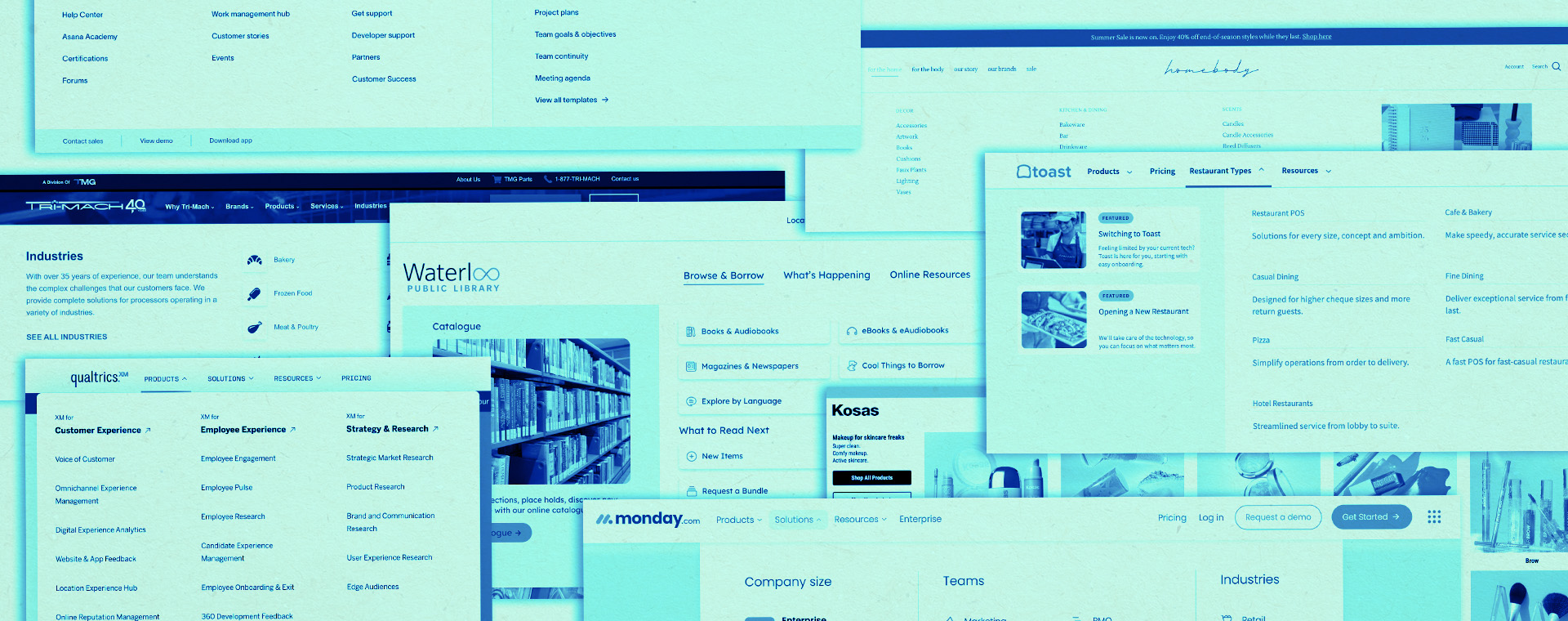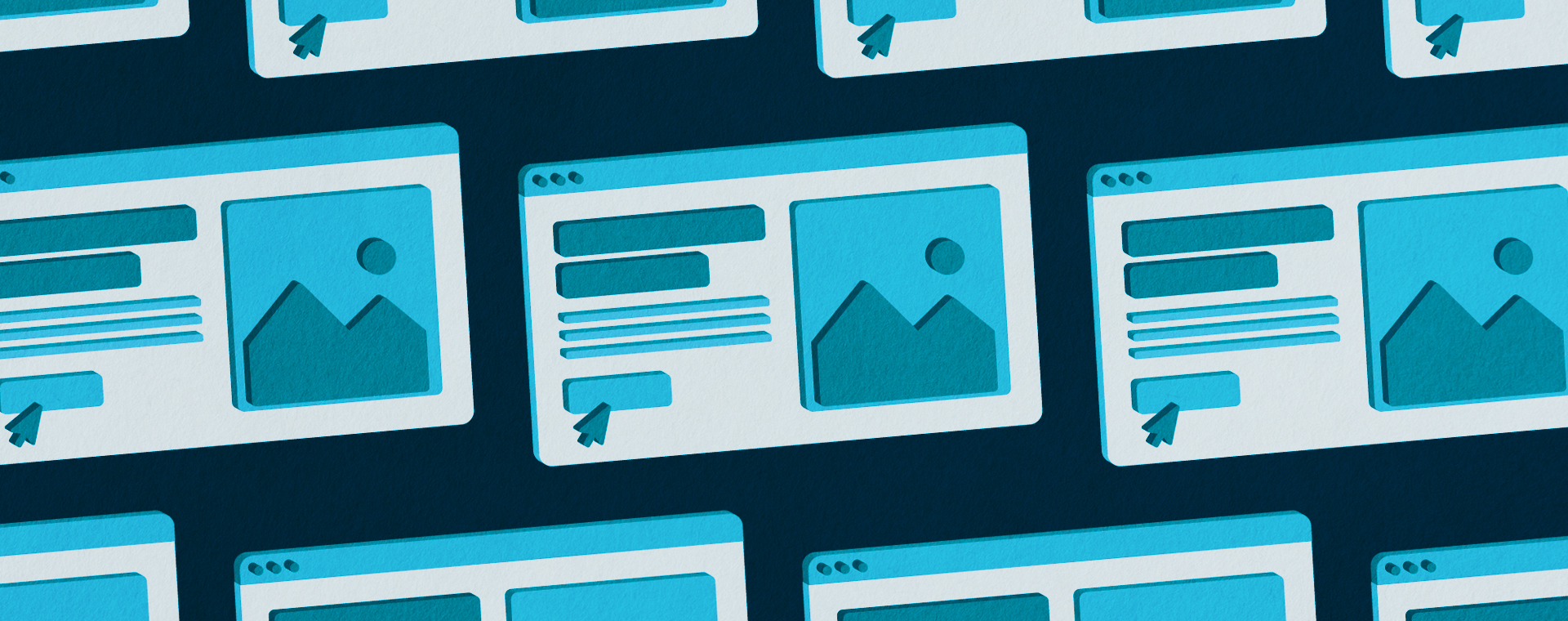Relaunching your website? Avoid these costly redesign mistakes
By: Kaleigh Bulford
October 31, 2025 | Reading Time: 6 mins
So, you’ve made the big decision to relaunch your website. Exciting! Whether you’re planning a light refresh or a total overhaul, you and your team are about to embark on a journey.
To help you navigate the twists, turns, and rough terrain ahead, we’ve rounded up the most common—and costly—website redesign mistakes, and what to do instead. Keep these mistakes in mind to maximize your chances of launching on time, within budget, and with your sanity intact.
Not doing enough (or any) planning
Diving in without a plan is like trying to drive cross-country with no GPS (or no map for those of us old enough to remember paper maps). Thoughtful planning sets the foundation for a smooth relaunch.
Skipping the brief
Whether you’re managing the project in-house or partnering with an agency, start with a brief.
A good brief answers questions like:
- What are the objectives of the new website?
More leads, higher conversion rates, improved engagement? Clear goals help you prioritize content, design, and functionality. Define success before you start. - Who are your audiences?
Most organizations have multiple audiences. Current clients, prospective clients, and potential recruits are some common audiences. Plan your navigation and messaging so each audience can find what they need quickly and easily. - What information are they looking for (and in what order)?
Map out what users need to know before they’re ready to take action. Your navigation should balance priority information (like pricing or services) with a logical user journey that educates and builds trust first.
This is also the time to align your redesign with business goals, KPIs, and brand narrative. Use data from platforms such as Google Analytics, Hotjar, HubSpot, or similar tools to uncover how users currently behave, what content performs best, and where conversion drop-offs happen.
Pro tip: You don’t need to start your brief from scratch. Use our comprehensive step-by-step website brief template to kickstart your planning process.
Not scoping out technical requirements
Technical requirements, like integrations and new functionality, can make or break your project timeline and budget. Define them early and document them clearly in your scope.
Scope creep is one of the most common (and costly) website redesign pitfalls. If you’re not clear about what’s included (and what isn’t), expect extra costs, delayed timelines, and team burnout.
Not setting aside a contingency budget
Speaking of scope creep, consider also setting aside a contingency budget of around 10–15% of your total project cost. Unexpected snags and new feature requests will happen. A buffer ensures they don’t derail your launch.
If you can’t build in a financial cushion, the alternative is to define an MVP (a minimum viable website (product)) up front and stick to it. Know what absolutely must be included at launch, and what can wait until later. This keeps the project on track and protects your timeline. I have seen far too many website relaunches delayed for months or even years due to never-ending new needs added to the scope; meanwhile, the broken website made in 2005 stays live for far too long.
Setting unrealistic timelines
Everyone wants their shiny new site live, like, yesterday. But great websites take time. While you’re probably itching to show off your new site to that potential client, rushing almost always backfires.
Websites always seem to take longer than expected because people underestimate how much work goes into them and how connected they are to the entire business. A typical website redesign project includes multiple phases:
- Discovery & analysis
- Architecture
- Wireframing
- Design
- Content planning and creation
- Development
- Content input (site build)
- Testing and QA (internal and external)
- Launch
- Post-launch
Depending on the size of the website, the amount of content, custom imagery, and the technical complexities, each phase could last weeks or even months. While timelines are important to us, we’ll always prioritize doing things right.
Not including time for feedback loops
But it’s not just about the time it takes to do the work. In my experience, some of the biggest delays in website projects come from feedback loops and the revisions that result from them. This is especially true where there are a lot of stakeholders with a lot of opinions (more on that later).
Waiting for the “Big Reveal ” (instead of iterating together)
We believe in showing the ugly babies, which means showing our work early and often, even when it’s not perfect. This ensures the project doesn’t get off track and away from expectations. At Stryve, we like to do weekly or bi-weekly status updates as well as working asynchronously through tools like Miro and Figma. This keeps everyone accountable and on the same page as the website moves forward.
Having too many cooks in the kitchen
When too many people are involved in a website project, you get what we call a “Frankenstein website”—a monster stitched together from mismatched ideas, an inconsistent aesthetics, and conflicting priorities.
More people means more opinions. More opinions mean more debates. And more debates lead to long debates mean delays and rework. And let’s be honest—more people means more egos. When each person comes with their own priorities, goals, and vision, the direction can get diluted and the scope balloons.
If you’re working with an agency and having trouble making decisions (websites can get political, we know), consider your agency your objective third-party with expertise that helps alleviate or lead in decision making
Not working collaboratively
You’ve hired a fantastic agency with a portfolio of kick-ass websites. Time to sit back and relax while they get the work done. Not so fast.
If you want the best website, it needs to be a collaborative effort. While an agency knows how to create the most effective website, you know your audience and industry better than anyone (we hope!). That expertise can be the difference between a great website and a mediocre one. Even though you’ve engaged an agency to do your website, you should expect to allocate some resources to the project, too.
Not working in parallel
Getting your website to the finish line is a long process that will go longer if you don’t consider how you work together. Instead of treating your web project like a relay race, try to get everyone running at the same time. As soon as a page is designed, copywriters should begin writing, developers should begin developing, and designers should be starting the next page.
Minimizing idle time across your team can prevent the scramble that often occurs near the end of the project.
Thinking about design first, content second
So you just built a slick new content hub. It looks great and has all kinds of cool custom functions… but you only have 6 blog posts… from 2015. Getting hung up on design and forgetting about content is one of the biggest and most common mistakes we see. While we all know design is important, users are coming to your website for the content. Ensure you put your time and effort into what matters most.
Trying to do a rebrand at the same time
Trying to do a rebrand while creating a new website is a recipe for disaster. They’re two very separate projects and need to be treated as such. If a rebrand is on the horizon, tackle it first and let it inform the design of the website. This will prevent a lot of additional work and back and forth on things like fonts, imagery, design elements, etc, that likely weren’t accounted for in the timeline.
Thinking of your website as a one-and-done project
You did it. Your shiny new website has been QA’d, launched, and has already been well-received by your audience. Time to dust off your hands, pat yourself on the back, and forget about it for the next 3 to 5 years. Right?
Not so fast. This is an outdated attitude shared by many companies and it’s one that needs to change. Your business doesn’t stay stagnant, so why would your website? We’re talking about your greatest marketing asset! It’s too essential to be left untouched for years at a time.
Even if your website was absolutely perfect at launch, it will still benefit from ongoing tweaks and optimizations. That’s why we build as much flexibility as possible into the websites we create. This allows clients to update the website as the business grows and changes.
Set your website up for success by avoiding these mistakes and you’ll be wrapping up a stellar website project in no time.








